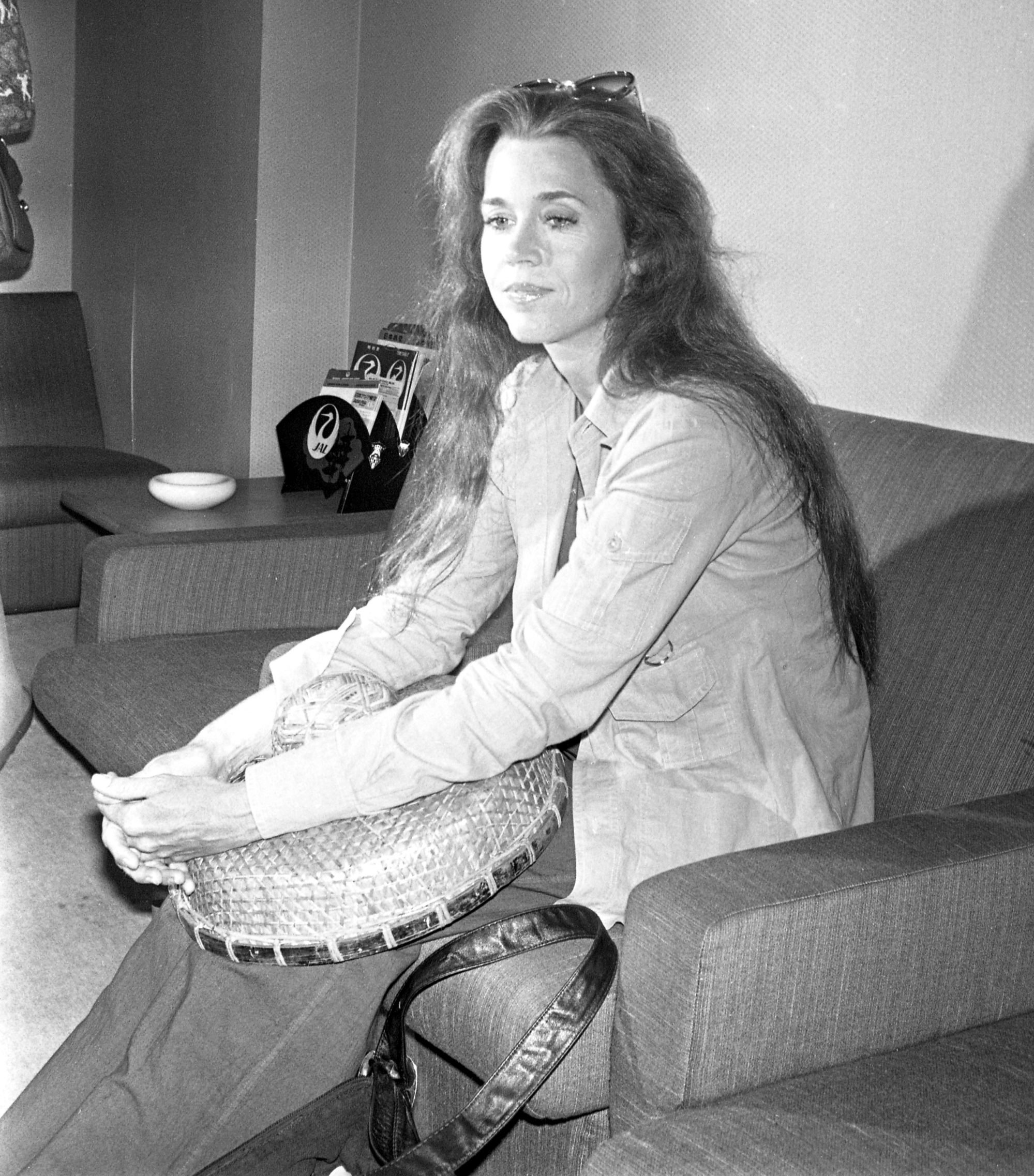
Non-Hodgkin lymphoma: Jane Fonda’s cancer diagnosis and its possible causes and treatments explained
- There are more than 70 types of non-Hodgkin lymphoma, a cancer that starts in a person’s lymphatic system and can form tumours throughout the body
- Treatment options include chemotherapy and targeted therapy; patients may go into remission – not have any symptoms – and it may never return
Jane Fonda recently shared that she has been diagnosed with non-Hodgkin lymphoma, and she has started chemotherapy treatment.
“I realise, and it’s painful, that I am privileged in this. Almost every family in America has had to deal with cancer at one time or another and far too many don’t have access to the quality healthcare I am receiving and this is not right,” she shared in a post on Instagram.
But what is non-Hodgkin lymphoma? Can it be treated? Here’s what you need to know.

What is non-Hodgkin lymphoma? Is it curable?
Non-Hodgkin lymphoma is a kind of cancer that starts in a person’s lymphatic system, “part of the body’s germ-fighting immune system”, according to the Mayo Clinic in Rochester, Minnesota. A person’s white blood cells, called lymphocytes, can form tumours throughout their body.
There are over 70 types of non-Hodgkin lymphoma, according to the Cleveland Clinic in the US state of Ohio. People with non-Hodgkin lymphomas can go into remission, meaning they do not have any symptoms, and tests show they do not demonstrate signs of the cancer.
Experts have found that many aggressive non-Hodgkin lymphomas come back during the first two years after a person has completed treatment, or they do not ever come back.
Hodgkin lymphoma and non-Hodgkin lymphoma are both kinds of cancer that begin in lymphocytes; their main difference “is in the specific lymphocyte each involves”, according to the Mayo Clinic.
Non-Hodgkin lymphoma can occur at any age, but chances of developing the condition increase with age, with just over a third of cases diagnosed in people over 75.
Slightly more men than women are affected. Worldwide, approximately five in 100,000 people have a type of non-Hodgkin lymphoma.
What are the symptoms of non-Hodgkin lymphoma?
Symptoms of non-Hodgkin lymphoma that a person might notice include:
-
swollen lymph nodes in the neck, armpits or groin
-
chest pain
-
fatigue
-
unexplainable weight loss
-
fever

How is non-Hodgkin lymphoma treated?
There are many different treatment options for people diagnosed with non-Hodgkin lymphoma. The goal of the treatments is typically to kill cancer cells or prevent them from dividing, according to the Cleveland Clinic. They include:
-
Watchful waiting/active surveillance If a person has a slow-growing non-Hodgkin lymphoma and no symptoms, a medical provider may advise that they wait to pursue treatment until they begin experiencing symptoms.
-
Traditional systemic chemotherapy A person may also take drugs that attack cancer cells in their body. These drugs are traditionally administered intravenously.
-
Targeted therapy This kind of treatment uses medicines that can target cancer cells and damage the lymphoma cells to control their spread, according to Johns Hopkins Medicine.

What is the survival rate for non-Hodgkin lymphoma?
According to the American Cancer Society, which relies on information from the Surveillance, Epidemiology and End Results database maintained by the US National Cancer Institute, the overall five-year relative survival rate for people with non-Hodgkin lymphoma is 73 per cent.
A relative survival rate “compares people with the same type and stage of non-Hodgkin lymphoma (NHL) to people in the overall population”, according to the organisation.
However, survival rates can vary depending on the person. Fonda in her Friday Instagram post called her condition “a very treatable cancer”, adding that “80 per cent of people survive, so I feel very lucky.”
What are the causes of non-Hodgkin lymphoma?
In most cases, a doctor will not know what causes non-Hodgkin lymphoma, according to the Mayo Clinic.
However, some factors that may increase a person’s risk of non-Hodgkin lymphoma can include medications that suppress your immune system, infections with certain viruses and bacteria (such as HIV and Epstein-Barr infections), and chemicals such as those used to kill weeds and insects.
